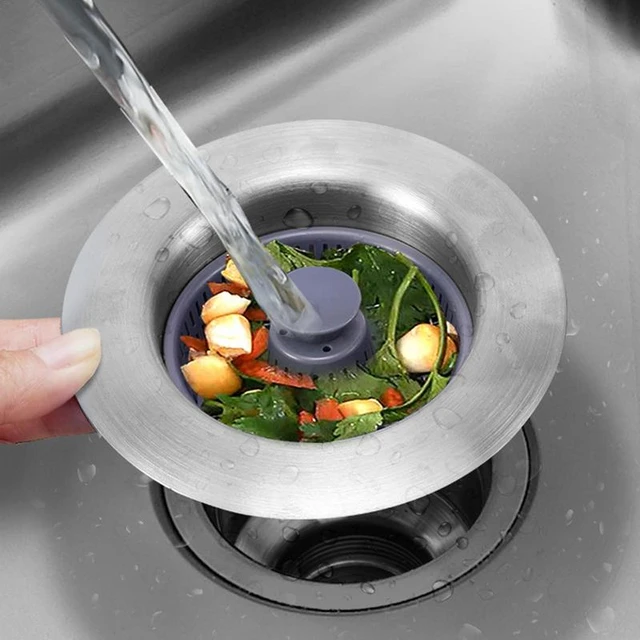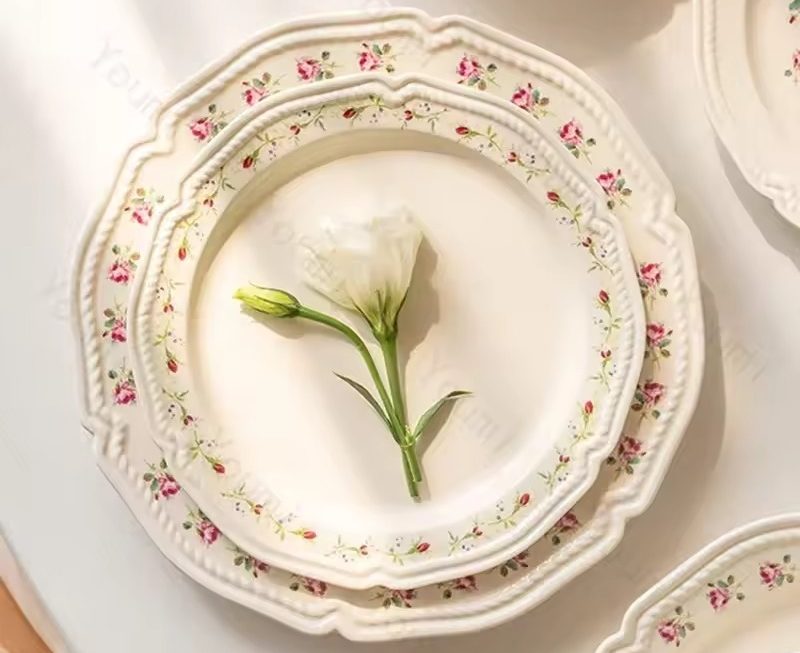 Introduction:
Introduction:
The kitchen sink basket strainer is a crucial component in keeping your sink clean and free from food debris. It acts as a barrier, preventing food particles from clogging your drain and causing plumbing issues. This simple yet effective tool is a must-have in every kitchen. In this comprehensive guide, we will explore the kitchen sink basket strainer in detail. From its purpose and benefits to installation and maintenance tips, we will cover everything you need to know to make the most of this essential kitchen accessory.
Purpose and Benefits:
Prevents Drain Clogs:
The primary purpose of a kitchen sink basket strainer is to trap food particles and prevent them from entering your drain.
It acts as a barrier, allowing water to flow freely while capturing solid waste.
Easy Cleaning:
Removing and cleaning the basket strainer is a simple task, as it is designed to be easily detachable.
It can be emptied and cleaned regularly, preventing odors and maintaining a hygienic kitchen environment.
Protects Plumbing System:
By preventing food debris from entering your plumbing system, the basket strainer helps prevent clogs and potential damage.
It reduces the risk of costly repairs and ensures the smooth operation of your kitchen sink.
Types of Kitchen Sink Basket Strainers:
Drop-In Strainers:
Drop-in strainers are the most common type and are designed to fit into the drain opening of your sink.
They are easy to install and remove for cleaning.
Screw-In Strainers:
Screw-in strainers are secured in place using a threaded connection.
They provide additional stability and are less likely to become dislodged during use.
Push-In Strainers:
Push-in strainers feature a flexible rim that allows them to be pressed into the drain opening.
They offer a snug fit and are easy to install and remove.
Installation Process:
Gather the Necessary Tools:
Depending on the type of strainer, you may need pliers, a wrench, or a screwdriver.
Have a bucket or container ready to catch any water that may spill during installation.
Remove Existing Strainer (If Applicable):
If you are replacing an old strainer, start by removing it.
Use pliers or a wrench to loosen and unscrew the existing strainer.
Clean the Drain Opening:
Thoroughly clean the drain opening to remove any debris or residue from the old strainer.
This ensures a clean and smooth surface for the new strainer to be installed.
Install the New Strainer:
Insert the new strainer into the drain opening, ensuring a snug fit.
For drop-in and push-in strainers, press down firmly to secure them in place.
For screw-in strainers, use a wrench or pliers to tighten the threaded connection.
Maintenance and Cleaning:
Regular Cleaning:
Remove the basket strainer regularly and empty any trapped food particles into the trash.
Rinse the strainer under running water to remove any remaining debris.
Deep Cleaning:
For a thorough clean, soak the strainer in a mixture of warm water and dish soap.
Use a brush or sponge to scrub away any stubborn residue, then rinse thoroughly.
Deodorizing:
To eliminate odors, soak the strainer in a mixture of equal parts vinegar and water.
Rinse well after soaking to remove any vinegar residue.
Troubleshooting:
Clogs and Blockages:
If you experience slow drainage or a complete blockage, the strainer may be clogged.
Remove the strainer and clean it thoroughly to remove any debris causing the blockage.
Leaks:
If you notice water leaking around the strainer, it may not be properly installed or tightly secured.
Ensure that the strainer is securely in place and tighten any threaded connections if necessary.
Cleaning and maintaining a kitchen sink basket strainer:
Cleaning and maintaining a kitchen sink basket strainer is essential to keep it free from debris and maintain its functionality. Here are some steps to clean and maintain a kitchen sink basket strainer:
Regular Cleaning:
Clean the basket strainer regularly to remove any food particles or debris that may accumulate. After each use, remove any large food scraps from the strainer and discard them in the trash.
Rinse with Warm Water:
Rinse the basket strainer with warm water to remove any remaining residue. Use a brush or sponge to scrub the surface of the strainer, ensuring that all sides and crevices are cleaned properly.
Use Mild Dish Soap:
For more thorough cleaning, use a mild dish soap. Apply a small amount of dish soap to a sponge or brush and gently scrub the basket strainer, paying attention to any areas with stubborn residue. Rinse thoroughly with warm water to remove any soap residue.
Vinegar Solution:
To remove any buildup or odors, you can use a vinegar solution. Mix equal parts white vinegar and water in a bowl or spray bottle. Apply the solution to the basket strainer and let it sit for a few minutes. Scrub with a brush or sponge, then rinse thoroughly with warm water.
Baking Soda and Lemon:
A mixture of baking soda and lemon can also help remove stains and odors. Sprinkle baking soda onto the strainer, then rub it gently with a lemon half. The natural acidity of the lemon combined with the abrasive action of the baking soda can help remove stubborn stains and leave the strainer smelling fresh. Rinse thoroughly with warm water.
Check and Clean the Drainpipe:
While cleaning the basket strainer, it’s also a good idea to check and clean the drainpipe if necessary. Remove any trapped debris or buildup from the drainpipe using a plumber’s snake or another appropriate tool.
Preventive Maintenance:
To prevent future buildup, consider using a drain guard or strainer in your sink. These accessories will catch larger debris and prevent them from entering the basket strainer. Regularly empty the drain guard or strainer and clean it as needed.
By following these cleaning and maintenance steps, you can ensure that your kitchen sink basket strainer remains clean, odor-free, and fully functional. Regular cleaning will help prevent clogs and maintain the efficiency of your sink drainage system.
Conclusion:
The kitchen sink basket strainer is an essential tool for maintaining a clean and functional kitchen sink. By preventing food debris from entering your drain, it helps prevent clogs and protects your plumbing system. With the information provided in this comprehensive guide, you now have a thorough understanding of the purpose, benefits, installation, and maintenance of the kitchen sink basket strainer. By following proper installation and cleaning practices, you can ensure the long-term functionality and efficiency of your kitchen sink.






